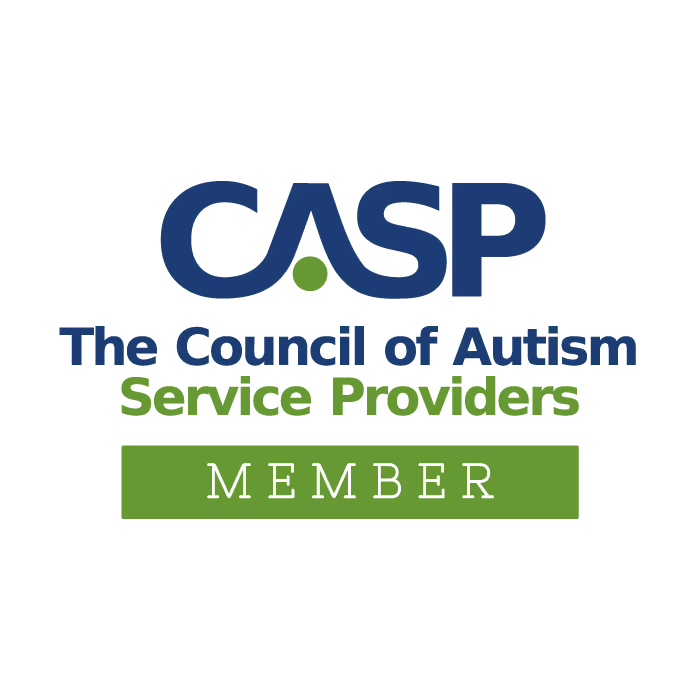Over the last 10 years the word autism has become a very well-known term. With the rates of autism steadily on the rise, most people are now at least somewhat familiar with it. But many people probably don’t know when autism officially become a recognized disorder, and how it evolved into what we know today? Below is a time-line of the history of autism.
- Early 1900’s – The term “autism” was first used by Swiss psychiatric Eugen Bleuler to describe a certain a sub-set of patients with schizophrenia who were severely withdrawn.
- 1940’s – Researchers in the United States began using the term autism to describe children with emotional and/or social issues.
- Leo Kanner – A psychiatrist from Johns Hopkin’s University studied 11 children with normal to above average IQ’s who had challenges with social skills, adapting to changes in routine, sound sensitivities, echolalia, and had difficulties engaging in spontaneous activity.
- Hans Asperger – Also studied a group of children who were similar to the children Kanner studied except the children did not present with any language problems.
- 1950’s – Bruno Bettelheim, a child psychologist coined the term “refrigerator mothers.” These mothers were described as mothers who were cold and unloving to their children. He claimed children of cold and unloving mothers were more likely to develop autism. This has since been disproven as a cause of autism due the total lack of evidence supporting such a claim.
- 1960’s – 1970’s – Researchers began to separate autism from schizophrenia and began focusing their attention more on understanding autism in children. Autism also started to be considered a biological disorder of brain development. During this time, treatments for autism included various medications, electric shock, and behavioral modifications, most of which focused on punishment procedures to reduce unwanted behaviors.
- 1980’s – 1990’s – Early in the 80’s the DSM-III distinguishes autism as a disorder separating it from schizophrenia. During this time, behavioral modification became more popular as a treatment for autism. The way behavior modification was delivered began to rely more on reinforcement instead of punishment to increase desired behaviors. In 1994 the DSM-IV expands the definition of autism to include Asperger Syndrome.
- 2000’s – present day – Rates of autism begin to rise and various campaigns have been launched to increase the awareness of autism. The prevalence of autism has increased from 1 in 150 in the year 2000, to 1 in 68 in 2014. Children are now able to be reliably diagnosed as young as 2 years of age. Due to years of research, the effectiveness of different intervention used to treat autism is better understood. Applied behavior analysis (ABA) is currently considered to be the “gold standard” treatment for individuals with autism.




.png)
.png)
.png)


































